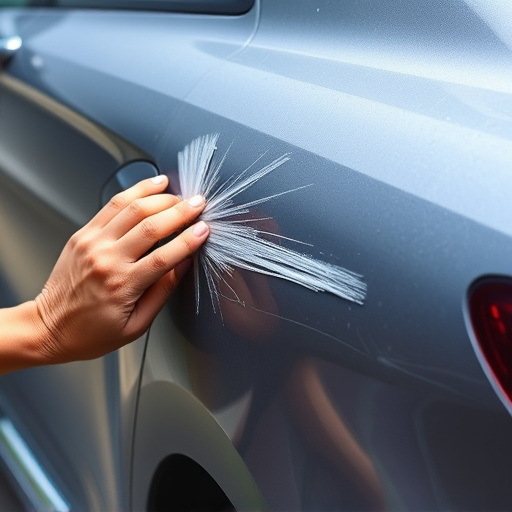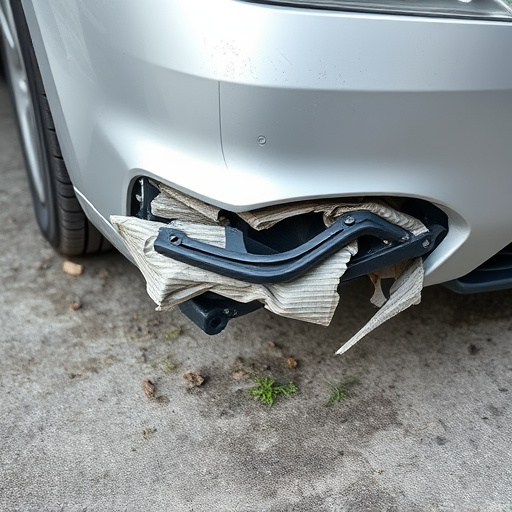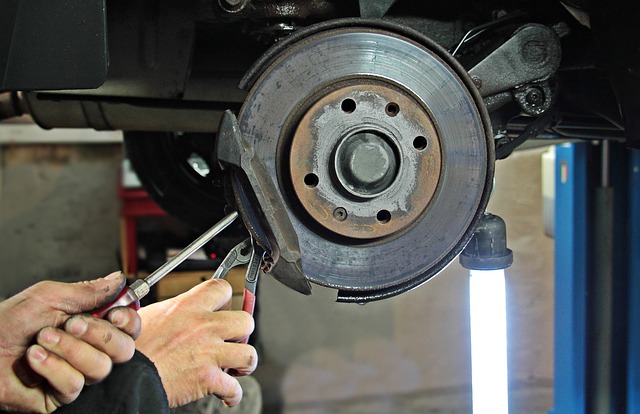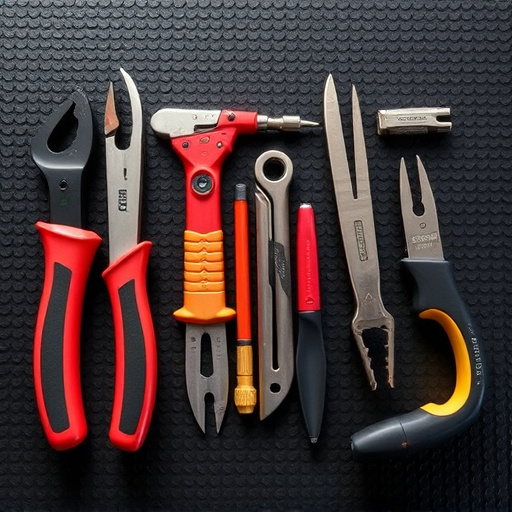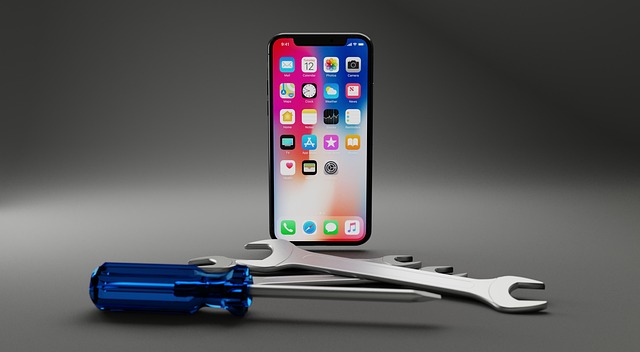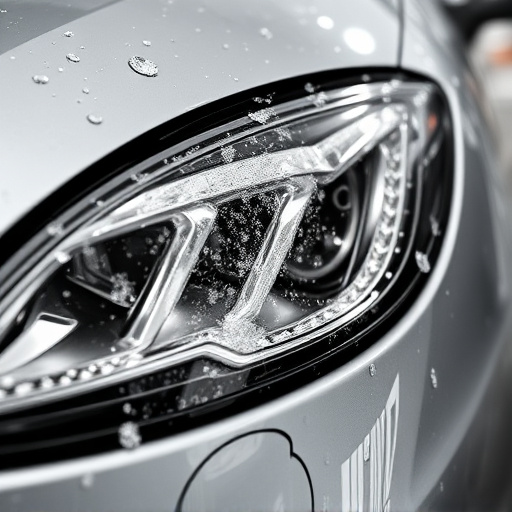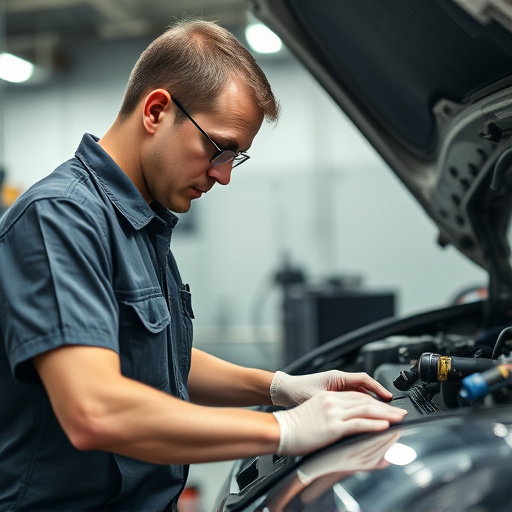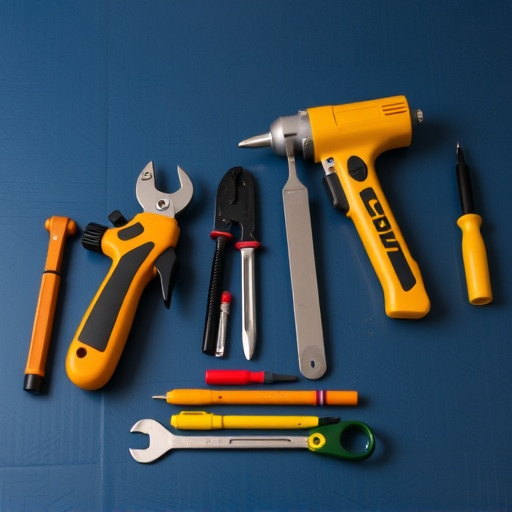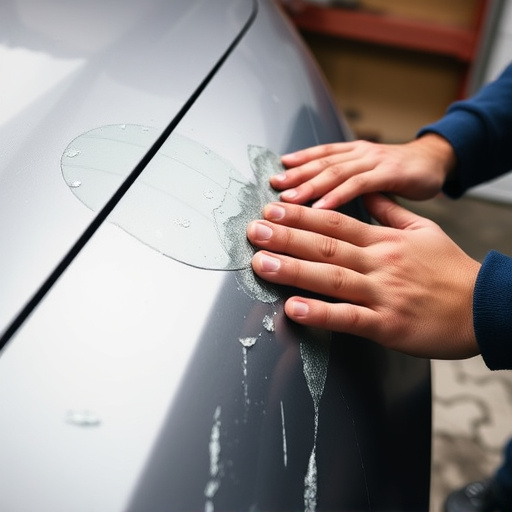Dent repair tools have revolutionized car body shops by enabling efficient restoration of vehicle exteriors, often skipping extensive paintwork. These include paintless dent repair (PDR) using special mallets and suction cups, as well as hand tools, impact guns, and frame straightening equipment that leverage advanced technologies like LED lighting and digital sensors for accurate damage assessment. Modern kits offer precision and efficiency, streamlining the repair process, minimizing body panel damage, and reducing costs. When choosing a tool, consider task requirements: minor repairs vs. heavy-duty, with varying focus on speed or surface protection.
Dent repair tools have revolutionized the way we address car dents, offering faster and more efficient solutions. This article delves into the world of these innovative tools, providing an overview of their functionality and the numerous advantages they bring to automotive repairs. From understanding the different types to selecting the right tool for your needs, this guide offers valuable insights into modern dent repair techniques that can save time and money.
- Understanding Dent Repair Tools: An Overview of Their Functionality
- Advantages of Using Modern Dent Repair Tools for Faster and More Efficient Repairs
- Popular Dent Repair Tools and How to Choose the Right One for Your Needs
Understanding Dent Repair Tools: An Overview of Their Functionality

Dent repair tools have revolutionized car body shops and the process of removing dents and dings from vehicle bodies. These specialized tools are designed to efficiently restore a car’s exterior, often without the need for extensive paintwork or lengthy repairs. The functionality of dent repair tools varies depending on the specific method they employ. One popular approach is paintless dent repair (PDR), which uses special mallets and suction cups to gently push depressed metal back into place, effectively removing the dent without damaging the surrounding paintwork.
Another common type includes various hand tools and impact guns that use air pressure or hydraulic mechanisms to leverage and straighten bent panels. These tools are crucial for addressing a range of dents, from small door dings to more significant collision damage. Many modern dent repair kits also incorporate advanced technologies like LED lighting systems and digital sensors to aid in accurate damage assessment and precise repairs, ensuring high-quality car body restoration every time.
Advantages of Using Modern Dent Repair Tools for Faster and More Efficient Repairs

The advent of modern dent repair tools has revolutionized the way vehicle dent repairs are conducted, marking a significant departure from traditional methods. These innovative tools offer numerous advantages that contribute to faster and more efficient auto collision repairs. One of the key benefits is their precision; advanced technologies like frame straightening equipment enable technicians to accurately assess and correct even the most intricate dents, ensuring minimal damage to the vehicle’s body panels.
Furthermore, modern dent repair tools streamline the entire process. From initial dent assessment to final smoothing, these tools provide consistent results, reducing the time required for repairs. This efficiency translates into cost savings for both customers and auto body shops, making vehicle dent repair more accessible and affordable. With their versatility and user-friendly designs, dent repair tools have become indispensable in achieving high-quality frame straightening, ensuring vehicles return to their pre-accident condition promptly.
Popular Dent Repair Tools and How to Choose the Right One for Your Needs

In the world of auto repairs, dent repair tools have emerged as game-changers, offering efficient and faster solutions for car body restoration. Popular choices include the pneumatic hammer, a versatile tool for both minor dents and complex auto frame repair; the suction cup puller, ideal for removing dents from tight spots or thin panel areas; and the dual-action polisher, perfect for achieving a flawless finish during the final stages of dent repair.
When selecting a dent repair tool, consider your specific needs. For instance, if you frequent collision centers for minor repairs, a lightweight, portable tool might be more convenient. Conversely, professional auto body restorers may require robust machinery capable of handling heavier-duty tasks. In terms of efficiency, some tools offer faster processing times, while others focus on achieving precise results without damaging the car’s surface.
Dent repair tools have revolutionized the way we address car dents, offering faster and more efficient repairs. By understanding their functionality and choosing the right tool for your needs, you can achieve professional-looking results at home or in a garage setting. Modern dent repair tools provide numerous advantages, including reduced repair times, minimal damage to paintwork, and cost-effectiveness. Whether you’re a professional or a DIY enthusiast, investing in quality dent repair tools is a smart move to keep your vehicle looking its best.

